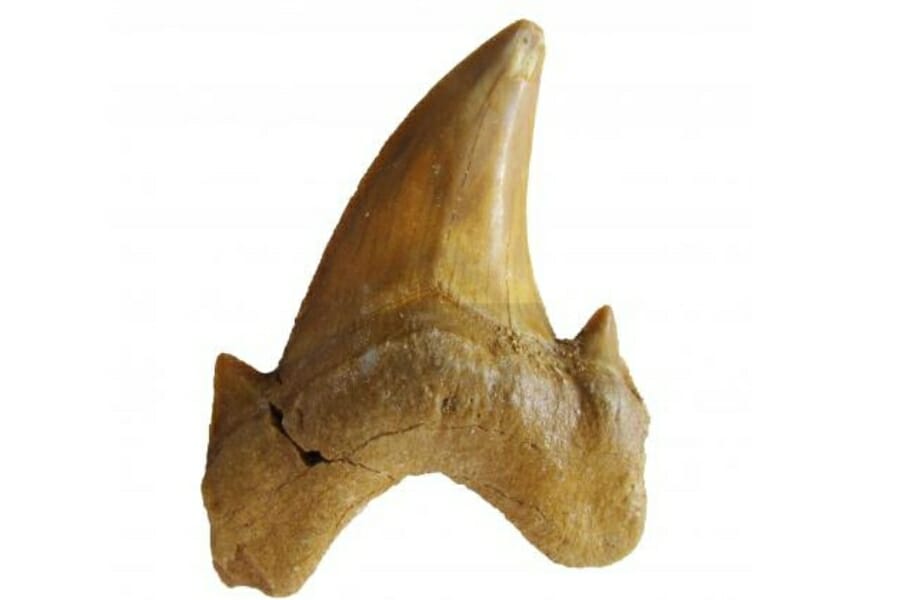If you like fossils, you’re in for a real adventure in Georgia! From the coast to the mountains, there are all kinds of old treasures to be found. We know some of the best places to find fossils in Georgia and we’re going to show you where.
Imagine stumbling upon a shark tooth as big as your palm—yep, those Megalodon teeth can be found here!
Or maybe you’re more into shells and sea critters? You can discover bivalves, gastropods, and even some cool-looking echinoids—that’s a fancy name for things like sea urchins and sand dollars.
Now, you might be wondering how to actually find these fossils. Here’s a pro tip: after a heavy rain, it’s a great time to go fossil hunting because the water can wash away soil and reveal hidden gems.
Every fossil has a story to tell, from how the creature lived to what the Earth was like millions of years ago. Plus, there’s a thrill in knowing you’re the first person to see this fossil in such a long time.
Whether you’re holding a tiny shell or a massive shark tooth, you’re literally touching a piece of ancient history, and that’s pretty awesome if you ask me!
The Fossils Of Georgia You Can Find
In the Peach State, fossil enthusiasts have many ancient treasures to discover. Georgia’s diverse geology provides a rich fossil-hunting ground from the coastal plains to the Appalachian Mountains.
This hands-on exploration allows for a unique, exciting form of learning that makes subjects like geology and paleontology come alive.
You can also check out our guide to rockhounding in Georgia to find even more fascinating rocks and minerals.
- The extensive local experience and understanding of our team
- Input from multiple local fossil hunters and fossil groups
- The accessibility of the various locations
- Safety and potential hazards when collecting
- Private and public locations
- A desire to include locations for both experienced fossil lovers and those who are just starting out
Using these weights we think we’ve put together the best list out there for those who love finding great new fossils for our collections!
Common Georgia Fossils
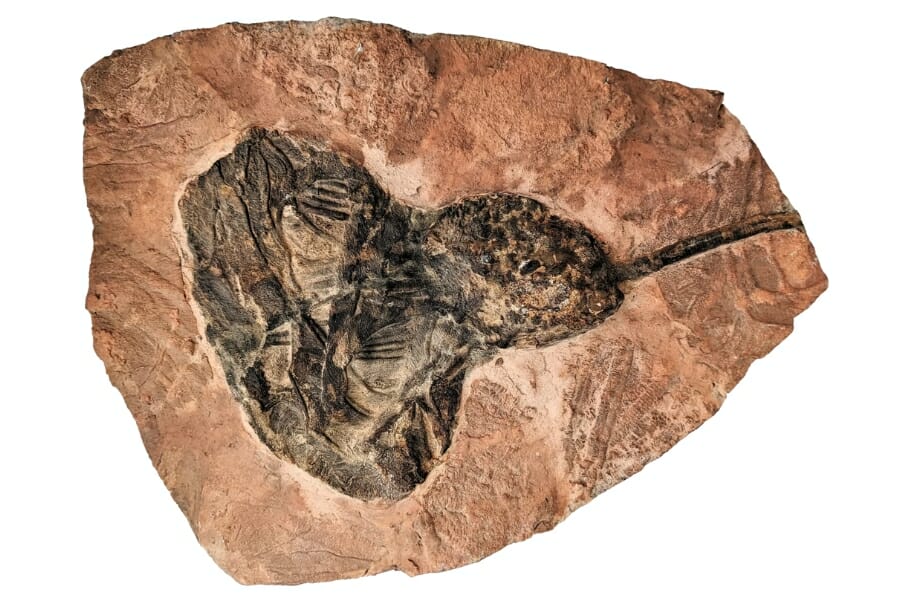
There are many kinds of fossils in Georgia. Here are some examples of common fossils you can find in the state:
- Brachiopods
- Corals
- Crinoids
- Echinoids
- Gastropods
- Microfossils
Georgia State Fossil – Shark Tooth
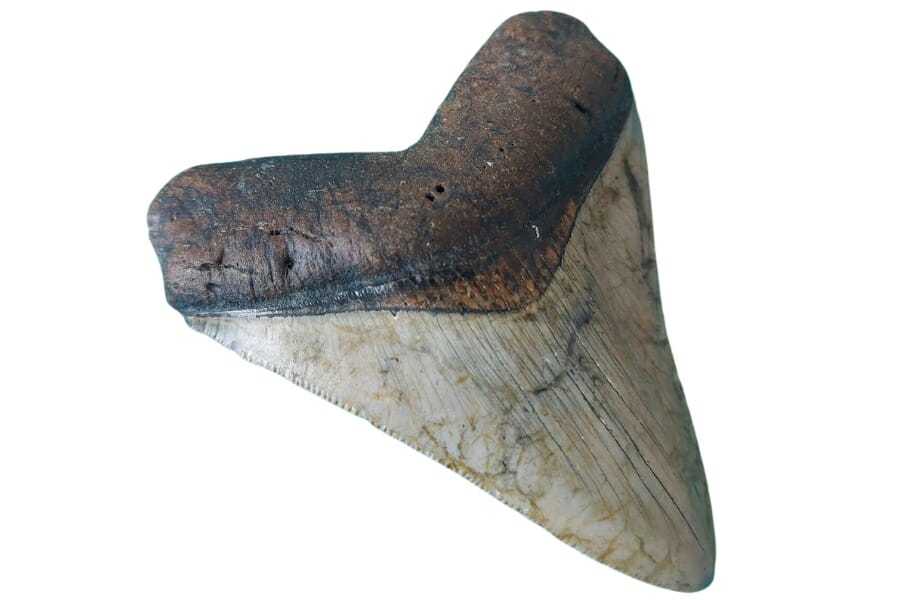
Shark teeth fossils are common and exciting in Georgia, especially near the coast. Some of these teeth are small pieces from ancient sand sharks, while others are ancient Megalodons’ vast, awe-inspiring teeth.
Each tooth gives a unique look at the sea life that used to live in the area, so casual beachcombers and serious fossil hunters like to look for them. They are fascinating remnants of Georgia’s ancient underwater world.
Rare State Fossils
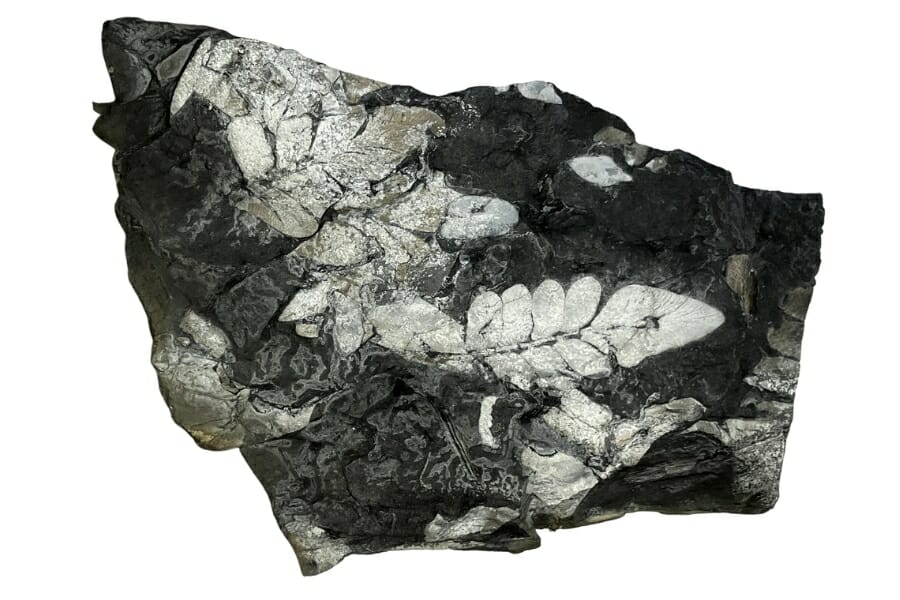
Below is a list of some rare and valuable fossils found in Georgia. Keep an eye out for these fossils as you look around:
- Ammonites
- Fossilized Fish
- Megalodon Teeth
- Plant Fossils
- Trilobites
- Vertebrate Fossils
The Best Places To Find Fossils In Georgia
We will talk about the best places to look for fossils in Georgia. We’ll focus on what we think are the best options, even though there are many. You’ll have fun going to these places and finding interesting rocks and minerals.
Always Confirm Access and Collection Rules!
Before heading out to any of the locations on our list you need to confirm access requirements and collection rules for both public and private locations directly with the location. We haven’t personally verified every location and the access requirements and collection rules often change without notice.
Many of the locations we mention will not allow collecting but are still great places for those who love to find beautiful rocks and minerals in the wild without keeping them. We also can’t guarantee you will find anything in these locations since they are constantly changing.
Always get updated information directly from the source ahead of time to ensure responsible rockhounding. If you want even more current options it’s always a good idea to contact local rock and mineral clubs and groups
Lumpkin-Louvale Trail
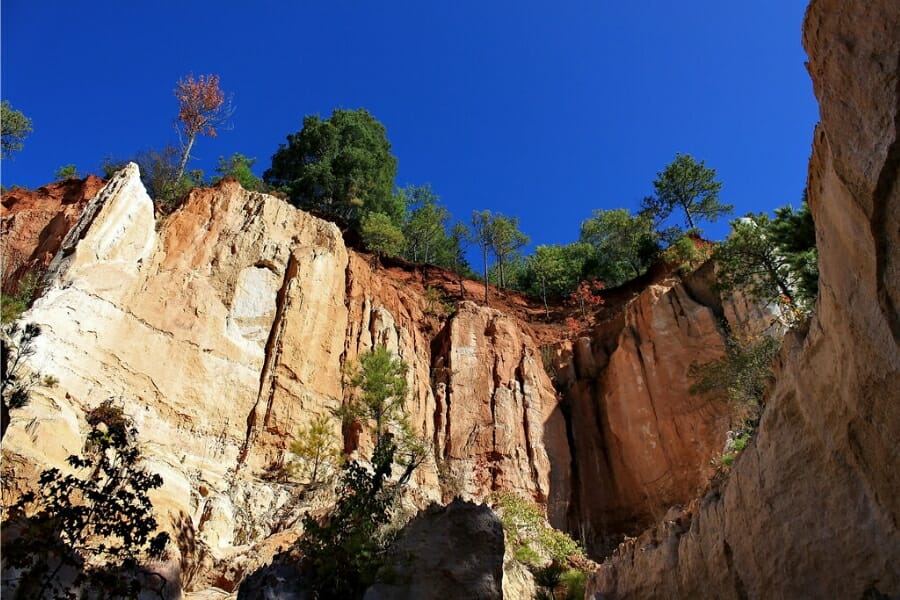
The Lumpkin-Louvale Trail is a hidden gem in the southwestern part of Georgia. Not only does it have beautiful scenery, but it is also a treasure trove for fossil hunters. The trail goes through places with a lot of geological history, with rock formations from different geological eras.
These rock formations are why there are so many fossils in the area. Unlike some other trails, the Lumpkin-Louvale area has layers of sedimentary rock that are easy to see. This makes it easier to find fossils and collect them.
Where and what to find fossils in Lumpkin-Louvale Trail
The region is mainly known for its marine fossils, including shark teeth, bivalves, and gastropods. These are remnants of the time when much of Georgia was covered by ancient seas, and they provide valuable insights into the marine life that once inhabited the region.
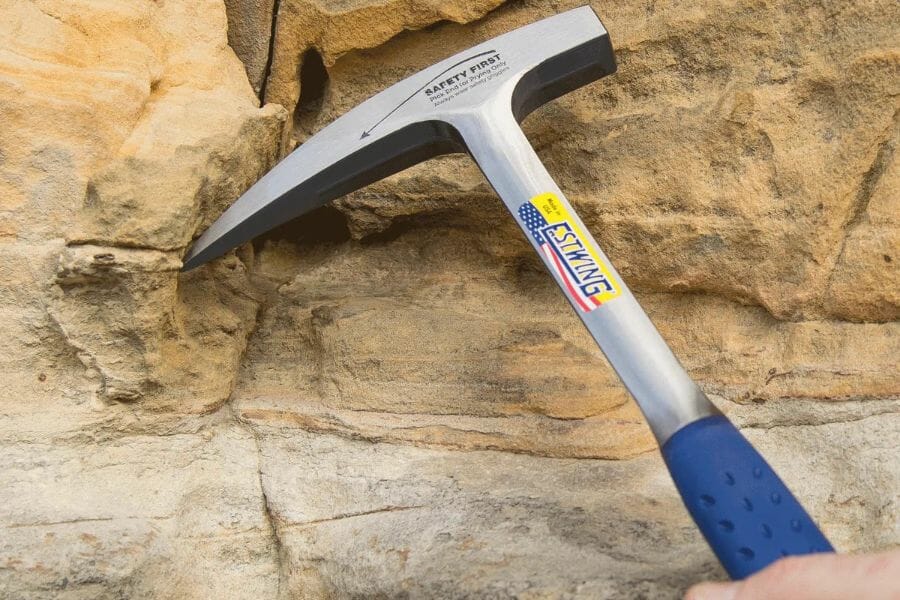
The tools every fossil hunter will need
When you're out looking for fossils having the right tools for the job is really going to make or break your success. You don't need a lot for most trips but there are a handful that are critical and will make your life a lot easier.
We get asked a lot about the equipment we use. Over the years we've found a handful of tools that we recommend to both new and experienced fossils hunters which we outline in great detail in our complete rockhounding tools and kit guide. These are quality options that also happen to be relatively inexpensive.
Below are the basic tools that make your life so much easier and save you a ton of time. Check out the full guide to see everything we recommend bringing. One quick note, as an Amazon Associate I earn from qualifying purchases but we try very hard to only recommend gear we would use ourselves and often recommend brands you can't find on Amazon.
At a minimum you should have:
1 - Sturdy rock hammer: The Estwing Rock Pick is our standard
2 - Rugged chisels: Try Kendo' 3-piece Chisel Set
3 - Compact shovel: The Koleiya 28-inch shovel works well
4 - Rock screen pan: The Wazakura Soil Sieve Set fits the bill
5 - Eye protection: DeWalt Safety Glasses are cheap and comfortable
6 - Head protection: Malta's Safety Helmet has been our go-to
7 - Jewelers lens with at least 20x magnification: Jarlink's Jewelers Loop is perfect
The fossil-finding books that we use most
There are also a few books that have been extremely helpful in the search for gems. These books have great recommendations and tips:
National Audubon Society Field Guide to Rocks and Minerals: North America
Southeast Treasure Hunter's Gem & Mineral Guide
Earth Treasures: The Southeastern Quadrant
We provide links to find these tools on Amazon but some can also be found at your local hardware stores. For more recommendations check out the link to our full tool guide above.
Satilla River
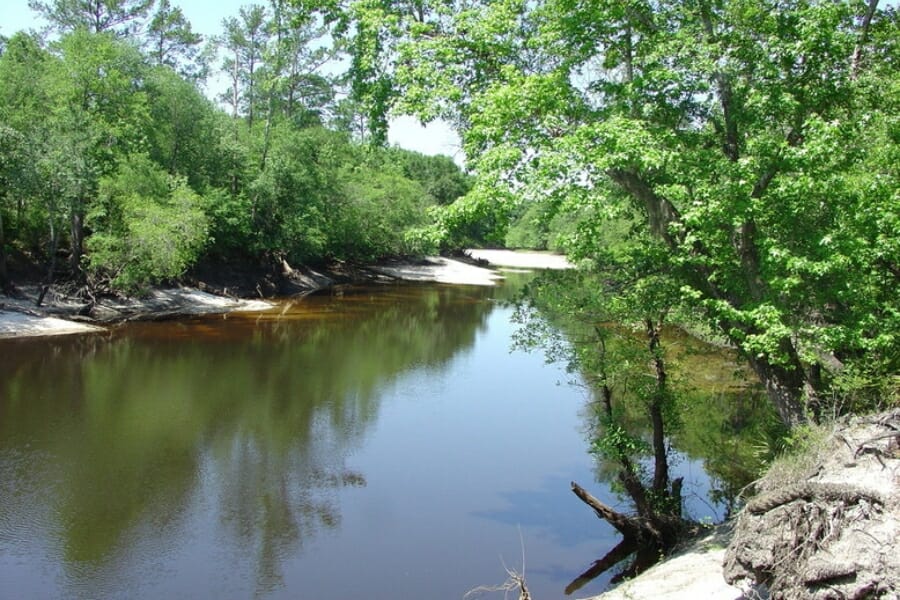
The Satilla River in Georgia is a beautiful place for people who love nature and are interested in fossils. This river flows through the state’s southeastern part before emptying into the Atlantic Ocean.
It’s a great place to go kayaking, fishing, and, most importantly, fossil hunting. The Satilla flows through many geological formations, such as marine sediments from when oceans covered the area.
The river is known for being accessible and for quickly finding fossils. Simply walking along the riverbank after a good rain often yields exciting finds.
Where and what to find fossils in the Satilla River
There are many shark teeth in the Satilla River, including some from extinct sharks. The best places to find these remains of ancient marine life are along riverbanks and sandbars that stick out into the water.
Taylor Ridge
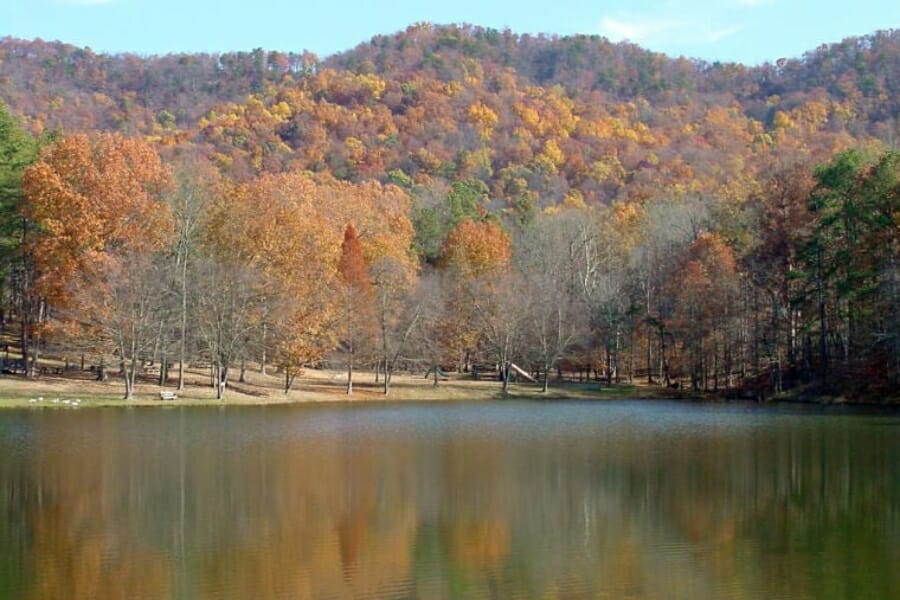
In Taylor Ridge, you can combine the fun of hiking with the thrill of looking for fossils. This part of the Appalachian foothills is a geological formation of rock layers from the Cambrian to the Mississippian periods.
This means you are walking on land once part of ancient seas and tropical swamps. This gives you a wide range of chances to find fossils.
Taylor Ridge has a unique geological diversity and excellent exposure to rock strata. The area has been the focus of amateur and academic paleontological expeditions, and many finds from Taylor Ridge have ended up in museum collections.
Where and what to find fossils in Taylor Ridge
Trilobites, brachiopods, and corals from the Paleozoic era, which are hard to find in other parts of the state, are some of the most famous fossils in this area.
Tibbs Bridge
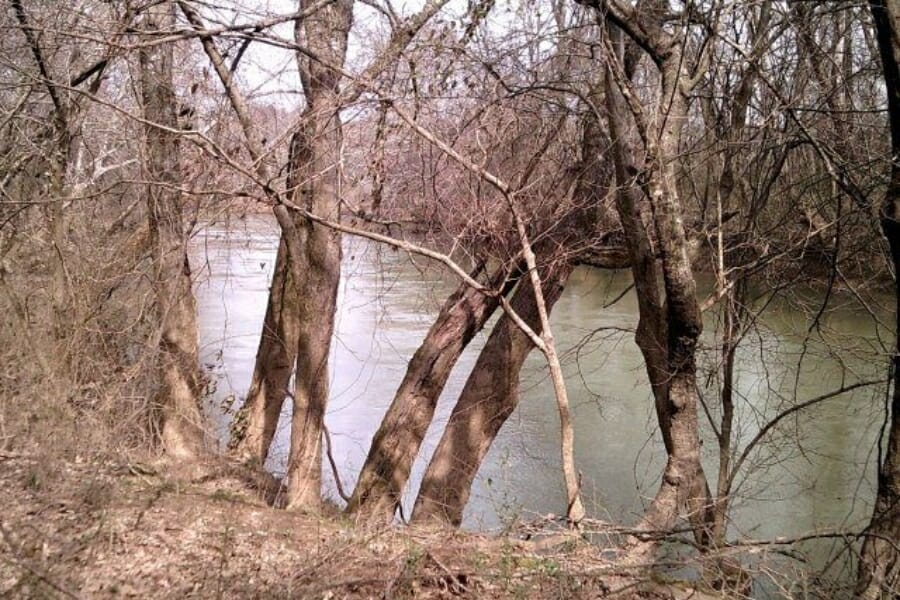
Tibbs Bridge has a beautiful landscape that fossil hunters will find interesting. The area around Tibbs Bridge has become a popular place for paleontologists to visit because it is close to riverbanks that have changed over millions of years.
Sedimentary rocks like limestone and shale, good at keeping fossils from long ago, make up most of the rock formations here.
Local guides and amateur paleontologists often organize fossil-hunting trips to help newcomers learn the ropes. So, if you’ve ever wanted to dig into Georgia’s past, a journey to Tibbs Bridge could be a once-in-a-lifetime experience.
Where and what to find fossils at Tibbs Bridge
Trilobites, brachiopods, and even ammonites are among the many interesting things here. Plant parts that have turned into fossils, like old ferns, add another layer of interest. The riverbanks and bare rock beds near the bridge are easy to get to and are good places for amateur fossil hunters to find exciting things.
Withalacoochee River
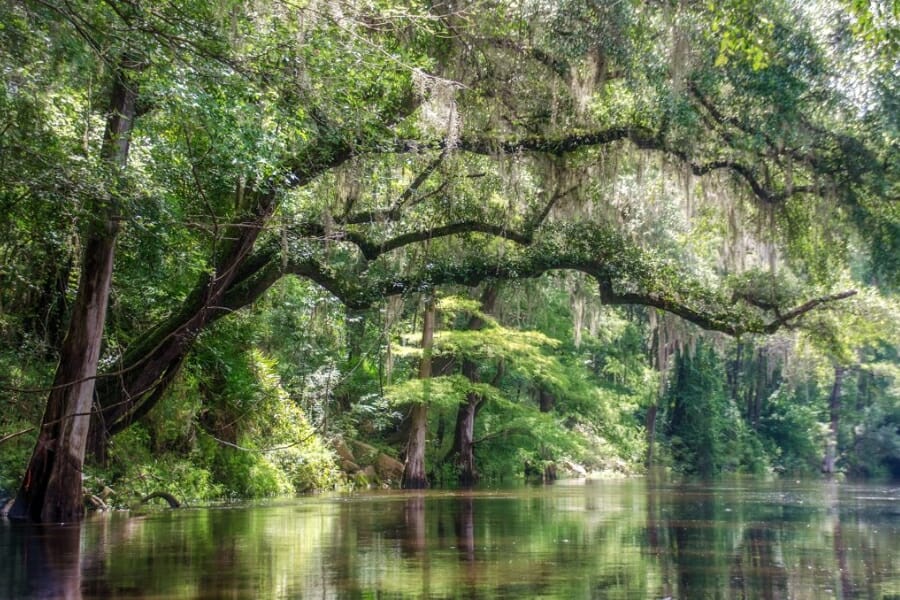
The Withalacoochee River in Georgia is a great place for people who want to be outside and find fossils. This river runs through southern Georgia and into Florida. It has a variety of habitats and geological features that make it interesting to look at.
The river’s banks and beds have many sedimentary deposits, making them good places to look for fossils. These sedimentary layers are what’s left of ancient oceans, lakes, and swamps that used to be in the area. They give us a great look into Georgia’s past.
The river is a great place to look for fossils because it has a lot of marine fossils, especially shark teeth, which can be small or very big, like those of the Megalodon.
Where and what to find fossils in Withalacoochee River
The river’s sandbars and banks are great places to look for fossils, especially after it rains hard and new fossils are exposed. Aside from shark teeth, you can also find a variety of other marine fossils, such as bivalves, gastropods, and even small pieces of old coral.
Other Top Places To Find Georgia Fossils By Region
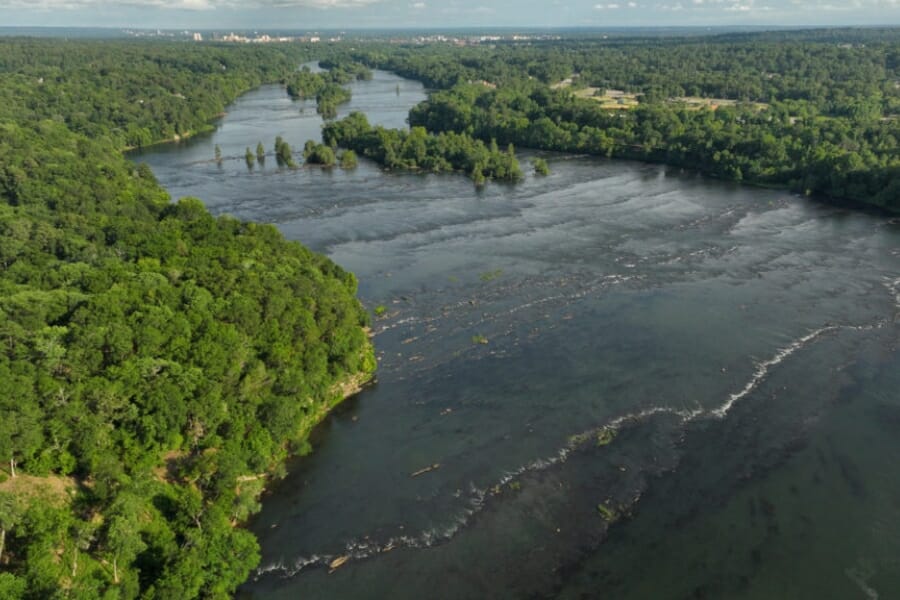
We’ll talk about other great places to look for fossils after discussing the best places to find fossils in Georgia. We’ve made a list of them below to help you out.
| Location | Fossils |
| Red Bluff in bed of Cooleewahee Creek, Baker County | Orbitoides, Nummulites, Echinolampas, Cassidulus, Clypeaster, Pecten, Amusium, Operculina |
| Waynesboro, below Shell Bluff, Burke County | Venericardia, Endopachys |
| West side of Savannah River, Burke County | Mollusks – Ostrea Classic Locality |
| Cherokee Valley in White Mountain, Catoosa County | Plant fossils |
| Ringgold area, Rabbit Valley in green chert outcrops, Catoosa County | Good ichnofossils |
| Ochillee area, in bed of Ochillee Creek, Chattahoochee County | Serpula, Nucula, Cucullaea, Trigonarca, Breviarca, Glycymeris, Perna, Ostrea, Pecten, Turritella |
| Ft Gaines area, Chattahoochee River, Clay County | Mollusks, Ammonites |
| Horn Mountains, Eastwestern road from Sugar Valley, Gordon County | Brachiopods |
| Buenavista area, highway cut near Kinchafoonee Bridge at railroad | Veniella, Cardium, Aphrodina, Turritella |
| Columbus area, slope of Tiger Creek, Muscogee County | Nucula, Perna, Cardium, Cymbophora, Corbula, Anchura |
| Hawkinsville area, Ocmulgee River, Pulaski County | Flabellum, Sphenotrochus, Endopachys, Leda, Venericardia, Lunulites, Amusium |
| Omaha area, Hannahatchee Creek, Stewart County | Vertebrates-Paranomotodon |
| Sylvania area, Screven County | Marine fossils |
| Pikes Peak Station, Dry Branch region, Twiggs County | Nucula, Ostrea, Crassatellites |
| Oakfield area, Flint River, Worth County | Invertebrate |
Common Questions About Fossil Hunting In Georgia
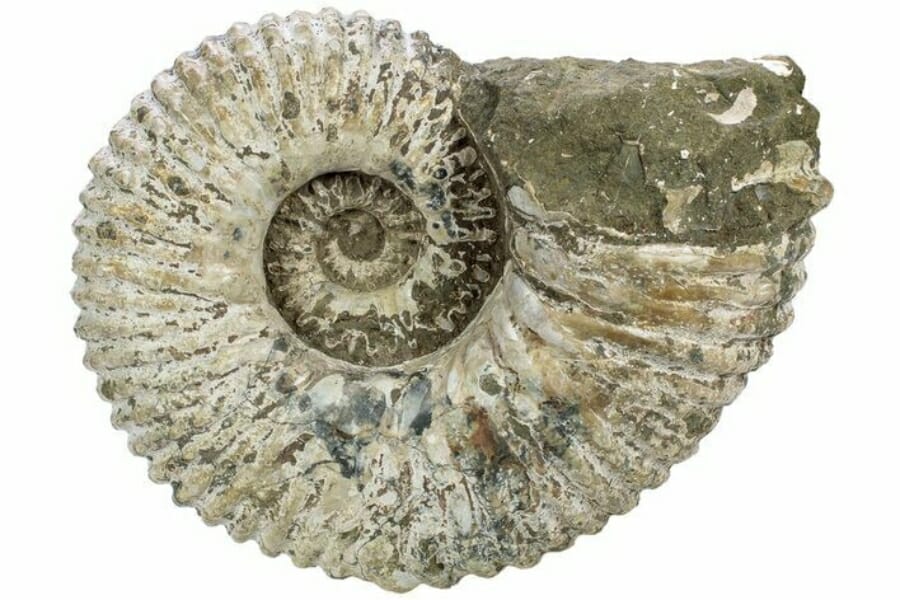
When people come to Georgia to look for fossils, they often ask questions like these, and it’s important to answer them.
Can you find megalodon teeth or shark teeth in Georgia?
You can find shark teeth, including those of the prehistoric Megalodon, in various parts of Georgia. Many of these fossils are located in the coastal plains region, especially along rivers, creeks, and beaches.
The sedimentary deposits in these areas often contain a wealth of marine fossils, including shark teeth. Megalodon teeth are larger and relatively rare compared to other shark teeth but are highly sought after by collectors and paleontology enthusiasts.
Is it illegal to collect fossils in Georgia?
Fossil collecting in Georgia is generally permissible on public lands unless otherwise restricted. However, there are some important things to consider. Laws and regulations in the state of Georgia can differ depending on the type of land you’re on.
For instance, collecting fossils in state or national parks is prohibited without special permission. On the other hand, riverbanks and beaches may be more lenient, but always check the specific regulations of the area you plan to visit.
Always responsibly collect fossils to keep the environment and fossil record safe for future generations.
Can you find dinosaur bones in Georgia?
Dinosaur bones are not commonly found in Georgia. The state’s geology is such that the rock layers from when dinosaurs lived (the Mesozoic Era, approximately 252 to 66 million years ago) are largely not exposed at the surface.
Our Favorite Places To Buy Fossils In Georgia

Some people don’t like looking for fossils by digging in the dirt. You can go visit one of our local rock shops if you don’t want to work too hard to get these ancient treasures. Here are a few of them:
- Elemental Rocks and Herb – 16 Bernard Long St #100, Dawsonville, GA 30534, United States
- Imperial Gems – 333 Main St suite 200, Suwanee, GA 30024, United States
- The Mineral Gallery – 155 Mill Rd #13, McDonough, GA 30253, United States
- Stoneage Natural Rocks & Crystals – 3333 Buford Dr #1022, Buford, GA 30519, United States
- Talking Rock General – 5119 GA-136, Talking Rock, GA 30175, United States

